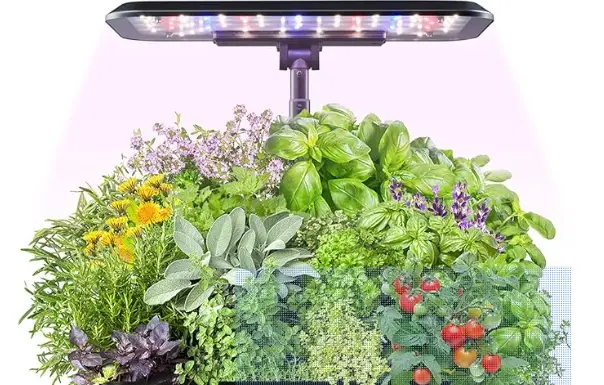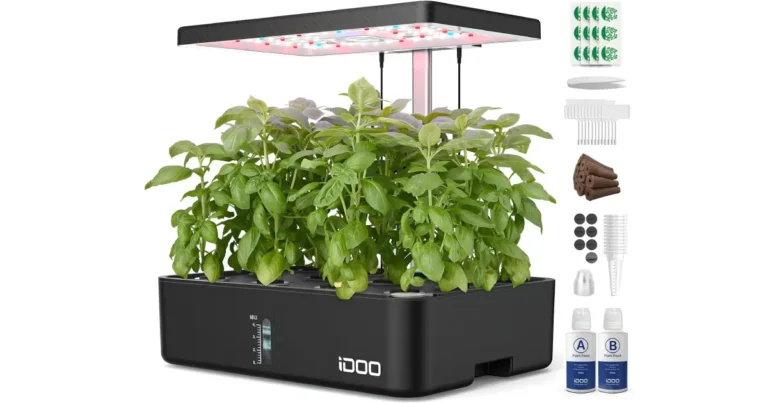Hydroponics
A Beginner’s Guide to Hydroponic Growing Systems
Hydroponics is quickly gaining popularity as a sustainable and efficient way to grow plants without soil. Whether you’re a home gardener, urban dweller, or aspiring green thumb, hydroponics offers an exciting opportunity to cultivate fresh, healthy produce in a controlled environment. But what exactly is hydroponics, and how does it work? Let’s dive into the essentials.

What is Hydroponics?
Hydroponics is a method of growing plants using nutrient-rich water instead of soil. The roots of the plants are either suspended directly in the solution or supported by an inert medium like perlite, coconut coir, or clay pellets. This method allows plants to absorb nutrients more efficiently and often results in faster growth and higher yields.
Benefits of Hydroponic Gardening
- Space-Efficient: Ideal for small spaces, hydroponic systems can be set up indoors or vertically.
- Water Conservation: Uses up to 90% less water compared to traditional soil gardening.
- Faster Growth: With direct access to nutrients, plants grow faster and healthier.
- Fewer Pests and Diseases: No soil means fewer soil-borne pests and diseases.
- Year-Round Growing: Controlled environments allow for continuous harvests regardless of season.
Common Types of Hydroponic Systems
There are several types of hydroponic setups to suit different needs and skill levels:
1. Deep Water Culture (DWC)
Plants are suspended in a nutrient solution with their roots submerged. An air pump provides oxygen to the roots. This system is great for beginners.
2. Nutrient Film Technique (NFT)
A continuous flow of nutrient solution runs over the plant roots, which are supported in a channel. It’s efficient and commonly used for leafy greens.
3. Ebb and Flow (Flood and Drain)
Plants sit in a grow bed that is periodically flooded with nutrient solution and then drained. Ideal for medium-scale home systems.
4. Wick System
One of the simplest systems, where a wick draws nutrient solution from a reservoir to the roots. Best for smaller plants like herbs.
5. Drip System
Nutrient solution is dripped directly onto the base of each plant. This system offers precise control over nutrient delivery.
6. Aeroponics
Roots are suspended in air and misted with nutrient solution. This high-tech system allows for maximum oxygenation and is great for advanced growers.
What You Need to Get Started
To begin your hydroponic journey, you’ll need:
- A container or reservoir for your nutrient solution
- A growing medium to support your plants
- Nutrient solution specially formulated for hydroponics
- Air pump (for systems like DWC)
- Light source (LED grow lights if indoors)
- pH and EC meter to monitor nutrient balance
Tips for Success
- Monitor pH levels: Aim for a pH between 5.5 and 6.5 for most plants.
- Keep water temperature stable: Around 65-75°F (18-24°C) is ideal.
- Sanitize regularly: Prevent algae and bacteria buildup.
- Start small: Begin with easy crops like lettuce or herbs.
The Future of Hydroponics
Hydroponics is more than just a trend—it’s a glimpse into the future of agriculture. With growing concerns over land use, climate change, and food security, hydroponic farming provides a smart, sustainable solution that can feed communities with fewer resources.
Whether you’re growing herbs on your kitchen counter or planning a full indoor garden, hydroponics offers flexibility, efficiency, and a rewarding experience. Give it a try and see your garden grow in ways you never imagined!



